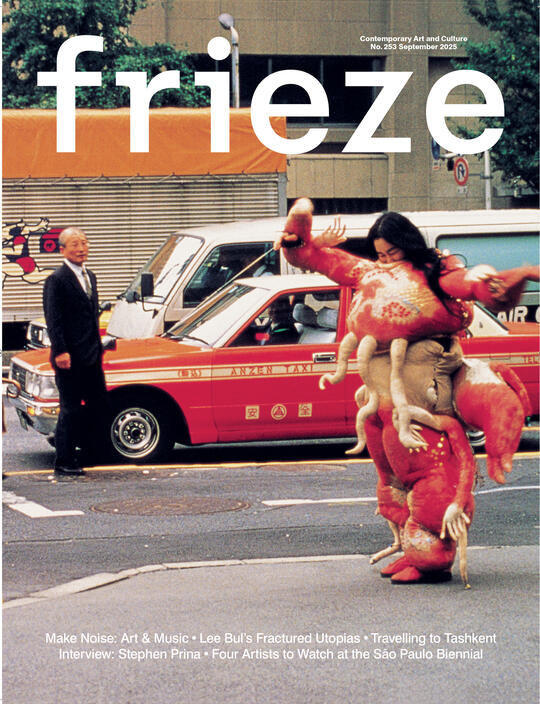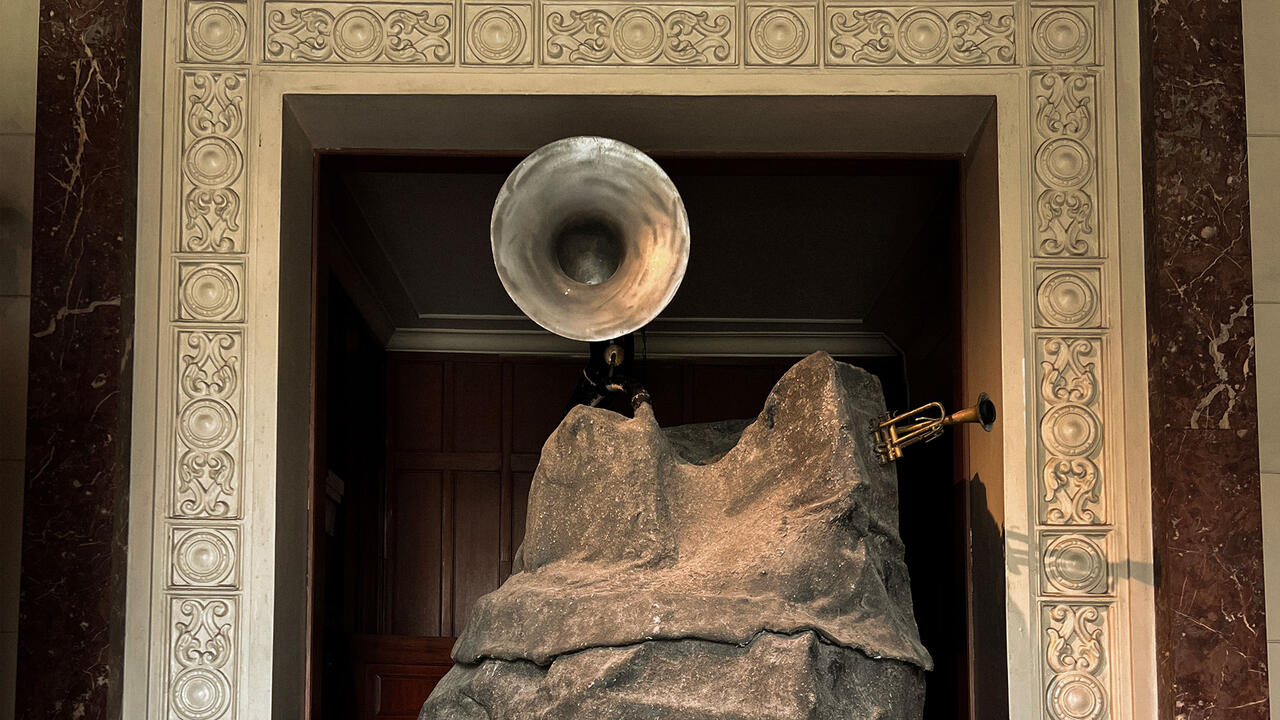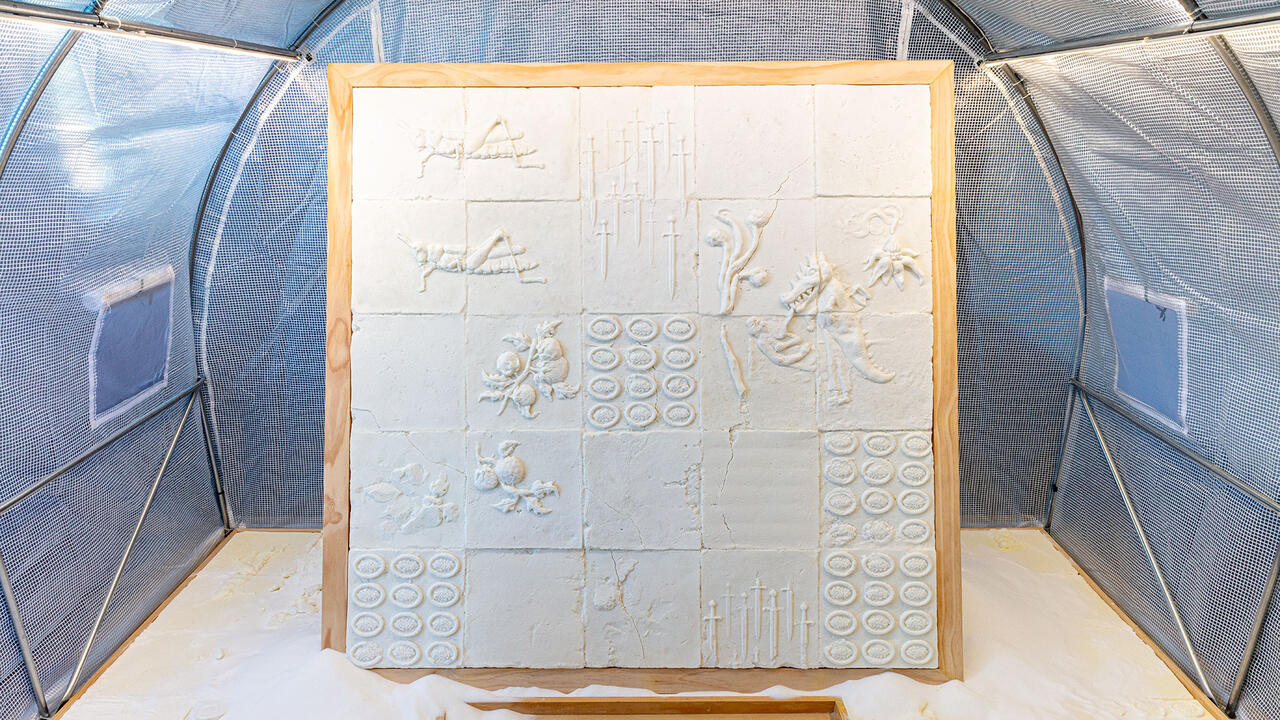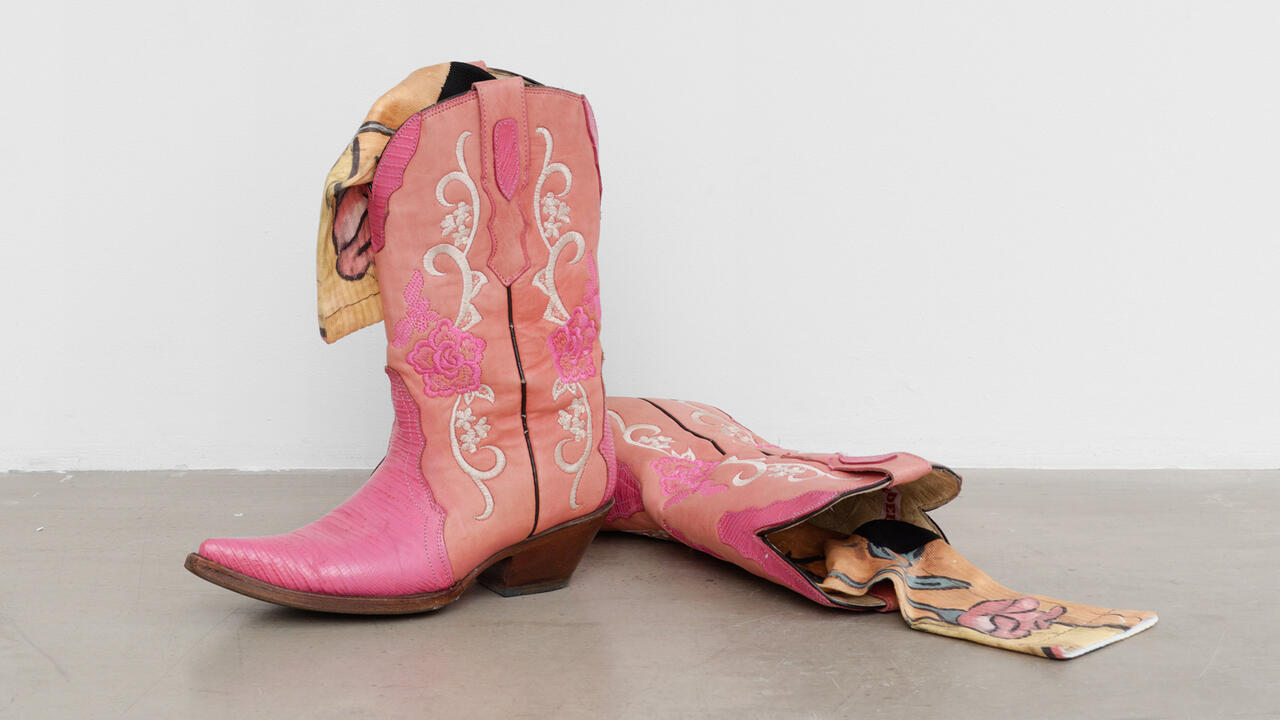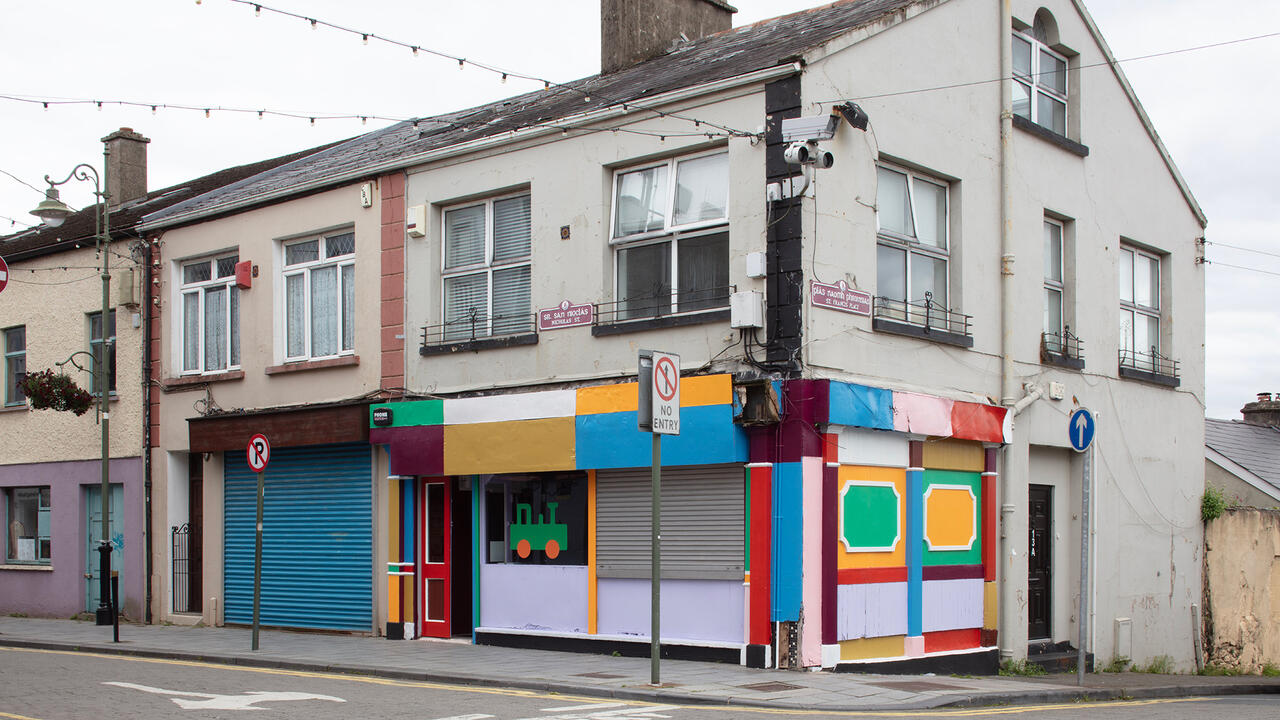‘The Plantation Plot’ Contends With Violent Legacies
At ILHAM Gallery, Kuala Lumpur, this 28-artist show subverts colonial aesthetics to reflect on exploitation and power in agriculture
At ILHAM Gallery, Kuala Lumpur, this 28-artist show subverts colonial aesthetics to reflect on exploitation and power in agriculture

‘The Plantation Plot’ at ILHAM Gallery, Kuala Lumpur, debunks the myth that the successful cultivation of land for crops is only possible through the rigid order and monoculture perpetuated by colonial plantation systems. Assembling wide-ranging work from 28 artists and collectives across Southeast Asia and beyond, the exhibition poses an intriguing question: which mediums and aesthetics most effectively enable historically suppressed narratives to irrupt the complicated discourse surrounding plantation legacy?

The subjugated have long employed mimicry as a means of speaking truth to power. Here, by creating objects that reflect colonial aesthetic trends, artists reveal how such styles emerged, in fact, from plantation exploitation. This strategy is exemplified by Brazilian artist Noara Quintana’s series ‘Belle Époque of the Tropics’ (2021), which unpacks how the Amazon rubber boom (1879–1912) heralded both ecological devastation, through the deforestation required to create rubber plantations, and the simultaneous influx of art nouveau into Brazil. Staged as part of a hanging tropical lounge, Quintana’s works formally resemble belle époque designs: sinewy lampshades evoke Amazonian lily pads while tapestries are adorned with arabesque motifs of native species. Complicating matters further, these exotified objects are made from latex – a ghostly material from Brazil’s plantation past and Southeast Asia’s industrial present. Under the lamps’ eerie green light, Quintana’s installation foregrounds the irony of Brazilian art nouveau: an aestheticization of native flora fuelled by the eradication of those exact same species.

A number of artists in the show confront the structural violence of colonial agricultural systems, in some cases drawing on their own lived experiences of plantation-based communities. Residence Time (2025), for instance, sees Malaysian artist Minstrel Kuik grapple with her childhood in Pantai Remis – a fishing town caught up in the government’s 1960s resettlement scheme to establish palm-oil plantations as a means of reducing poverty among farmers and smallholders, including Kuik’s father. The artist recalled her hometown’s dire, grid-like landscape and land-use restrictions, and channelled them into her installation. Twelve steel-framed structures resembling bulletin boards feature images drawn from Kuik’s personal archive. Oiled photographic prints depict, on one side, rows of palms; on the other, people pressed against one another on motorbikes. This intimate and fluid congregation interrupts the plantations’ cold and stagnant order, carving out fleeting moments of autonomy and resistance.

While the history of plantations is steeped in the horrific exploitation and control of both humans and nature, these sites also bear witness to cultural resilience. Here, the memories of indentured labourers continue to be passed on to subsequent generations through songs, food and other facets of cultural heritage. When Malaysian filmmaker Gogularaajan Rajendran stumbled upon a 1998 collection of Tamil folk lyrics once sung on Malaysian colonial plantations, he was struck by its poignancy and historical importance. Rajendran worked with musicians and historians in India to reconstruct the songs’ melodies based on rhythmic structures and themes that are still present in Tamil culture today. The result of this thoughtful reclamation is Coolie’s Chorus (2025), a video work featuring 14 folk tunes sung in a call-and-response format. As singers harmonize their voices, they unearth memories of the labourers’ homesickness, while contending with the present-day realities of plantation labour in Malaysia.
These are just three examples of the creative subversion at play in ‘The Plantation Plot’, which offers an array of strategies to disrupt the legacy of colonial-era farming. The plantation is a patriarchal mutation of Mother Gaia that twists her glorious diversity into monoculture profit. Will modern-day plantation owners pay heed to the subaltern, and steer a new course away from the human exploitation and environmental violence that they have wrought in the wake of their forebears?
‘The Plantation Plot’ is on view at ILHAM Gallery, Kuala Lumpur until 21 September. It is co-presented with KADIST and curated by Sheau Yun Lim, and will travel to KADIST in Paris in Spring 2026.
Main image: Sg. Bumbun × Pulau Kempas × AWAS!MAWAS!, Mawas, 2024–25, Moyang Lanjut, 2024–25, and Moyang Tok Naning, 2024-25, installation view. Courtesy: the artist, Ilham Gallery and KADIST; photograph: Kenta Chai







